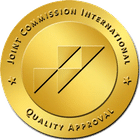Types of Addiction
Methadone Addiction
Methadone Addiction Treatment
Opiate use disorders (OUDs) such as methadone are particularly challenging to maneuver, especially without the proper resources and support that GateHouse Treatment can provide. Our treatment plans are designed for each client’s needs and backed by various therapies, such as Cognitive Behavioral Therapy, to ensure a lasting recovery. We take the time and effort to learn about our clients to serve them throughout their recovery process more efficiently. If you are struggling with methadone addiction, don’t wait – contact GateHouse Treatment today to get the help you need.
What is Methadone Addiction
Methadone is a long-acting synthetic opioid pain medication typically used to help those addicted to other opioids, such as heroin. It is also a painkiller for moderate to severe long-term pain treatment. Since methadone is still an opioid, there is still a high rate of methadone addiction and abuse. Methadone stays in the bloodstream for 1-2 days. Therefore, tolerance quickly forms. Many become dependent on methadone because it acts essentially as a replacement in the body. There are many treatment options for methadone detox and methadone addiction treatment.
History of Methadone
With the escalating drug use in the 1960s and 1970s and U.S. soldiers returning from Vietnam with heroin addictions, America finally realized that opiate abuse was a medical issue that required treatment. Methadone’s effectiveness as a treatment for opiate addiction was the answer to the heroin epidemic of that time. In 1971, Richard Nixon implemented the first federal program for methadone treatment which 25,000 opiate addicts utilized that same year. By 1973, controversy over the methadone program led to stricter government regulations.
Today, about 500,000 people participate in methadone maintenance treatment programs, but it remains a controversial topic. Those who advocate for harm reduction for heroin and opioid addicts point out the impressive track record and how many people have improved their lives. Those who support abstinence-based treatment for opiate addiction still believe it is just switching addictions.
Physiology and Side Effects of Methadone Addiction and Abuse
Since methadone is an opioid, it reacts to the opioid receptors in the brain, though it only produces mild euphoria compared to other opioids and opiates such as heroin. Methadone increases the amount of naturally-produced dopamine and endorphins in the brain to offer pain relief and calmness. When an individual is dependent on other narcotics or opiates, methadone can significantly reduce cravings. However, methadone abuse and administration without a prescription or more than is prescribed amplify the effects to the point of it being detrimental to the user. When someone abuses methadone, it can have adverse side effects and become highly addictive.
With a repeated dosage of methadone, a tolerance develops, and users require more to achieve the same pain relief or high from methadone. Common side effects of methadone abuse are:
- Dry mouth
- Lack of coordination
- Depressed respiratory function
- Constipation
- Drowsiness
- Depressed heart rate
- Pinned pupils
- Overdose
Understanding Methadone Abuse and Methadone Addiction
When someone abuses methadone for extended amounts of time, it causes the user’s mind and body to become dependent on the effects it produces, resulting in addiction. Many of the people who fail MMT programs end up resorting to other narcotics and illicit drugs such as heroin which they were trying to get treatment for in the first place. When methadone intake stops, it can cause cravings and painful withdrawal, often leading back to the dangerous cycle of use.
If you or a loved one is seeking methadone addiction treatment, many options are available. The best place to start is a methadone detox program, such as those offered by GateHouse Treatment, to help get clients out of the vicious cycle of opiate abuse.
Methadone Quick Facts
- Methadone is involved in 1/3 of opiate pain reliever-related deaths
- It is a Schedule II drug
- When abused or combined with other drugs it can cause overdose and death
- Has a 22-hour half-life (the time a drug stays in the body before its concentration drops by half)
- A minimum of one year in a methadone maintenance treatment program is recommended
- In 2005, more than 4000 fatally overdosed on methadone or methadone and combinations of other drugs together
- Prescribed in a pill form and in liquid form
- Methadone abuse can present similar if not the same side effects as other opioids
- Facility administering it must be certified by the Federal Substance Abuse and Mental Health Administration (SAMHSA) and registered by the Drug Enforcement Administration (DEA) to prescribe methadone.
Signs of Methadone Abuse
Abuse of methadone has very similar side effects to that of every other opioid and opiate that is abused. Since it can also be a prescribed medication there are some side effects that are limited to that of prescription drug abuse. Here are common side effects and symptoms of methadone abuse:
MOOD
Euphoric mood, mood swings, lowered motivation, irritability, forgetfulness, change in patterns, increased sleeping, lowered inhibitions, aloofness, improved self-esteem
BEHAVIORAL
Hoarding of medications, going to multiple doctors for the same medication, nodding off at inappropriate times, miscellaneous pills being hidden, purchasing prescription methadone on the street, drug-seeking behaviors, crushing or breaking pills, wearing long sleeves in warm weather (to hide track marks), changes in eating habits, changes in sleep patterns
PHYSICAL
Constricted pupils, constipation, slowed breathing, flushed skin, oversleeping, fatigue, tolerance to normal dosage, unexplained itchiness, lack of coordination, bruises, track marks
Let us help
All Calls are Free and Confidential
"*" indicates required fields




